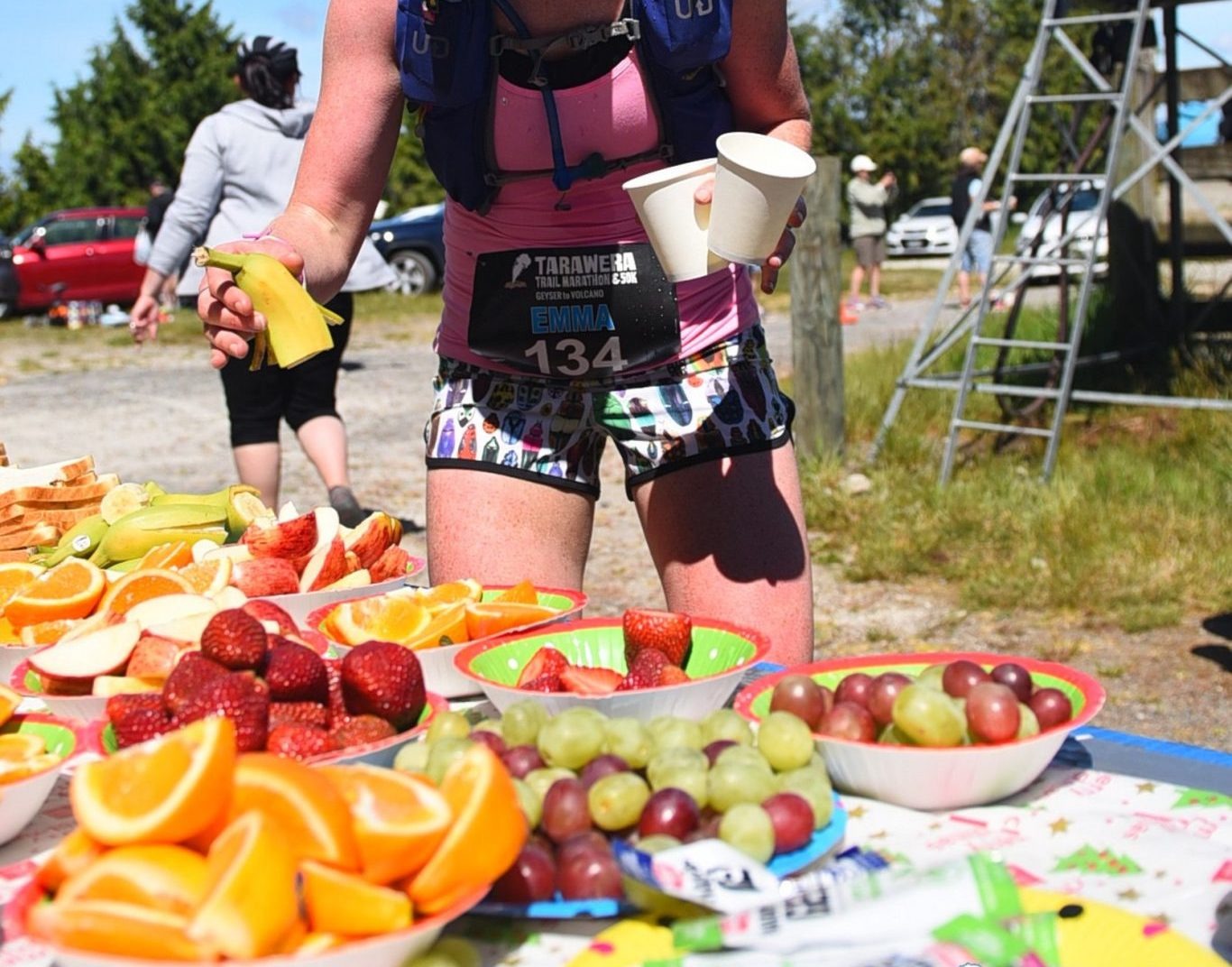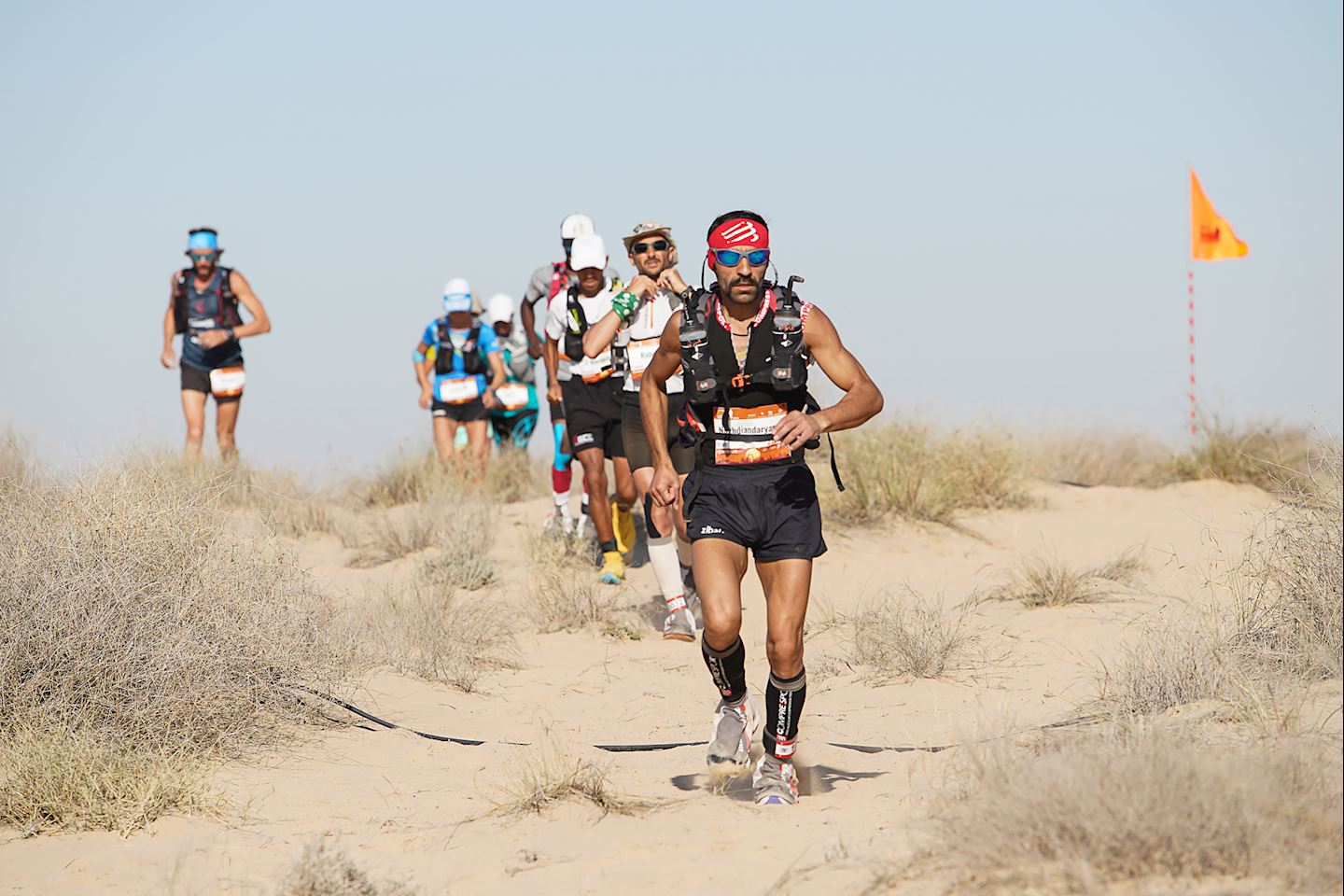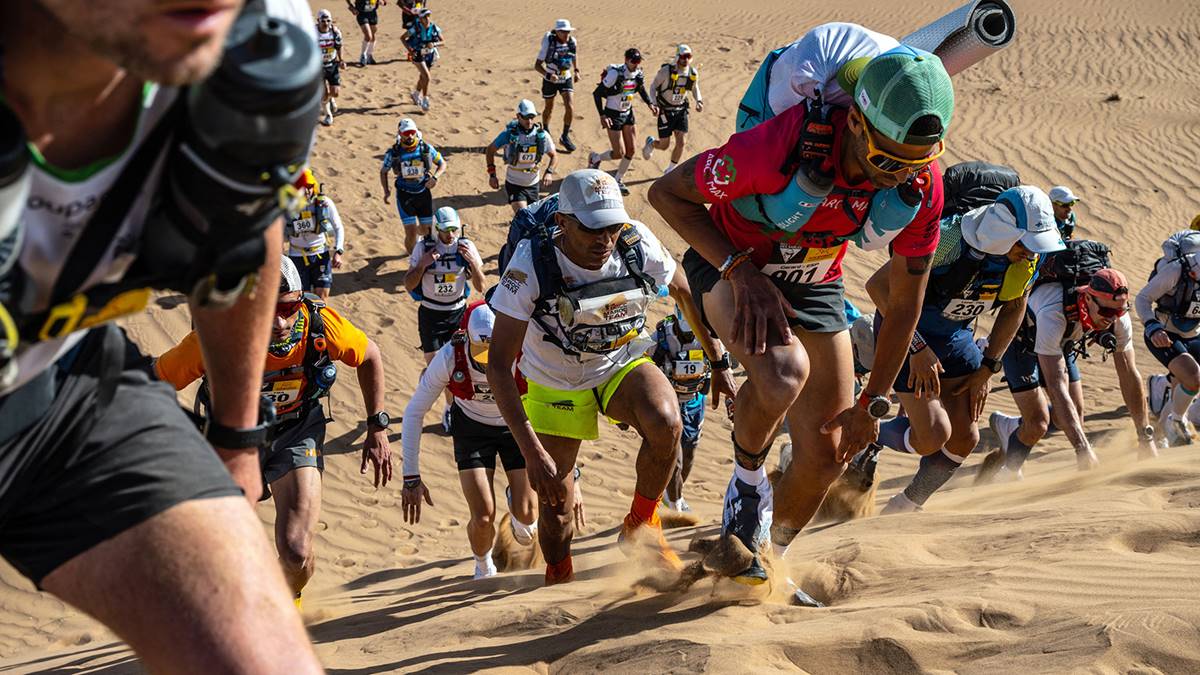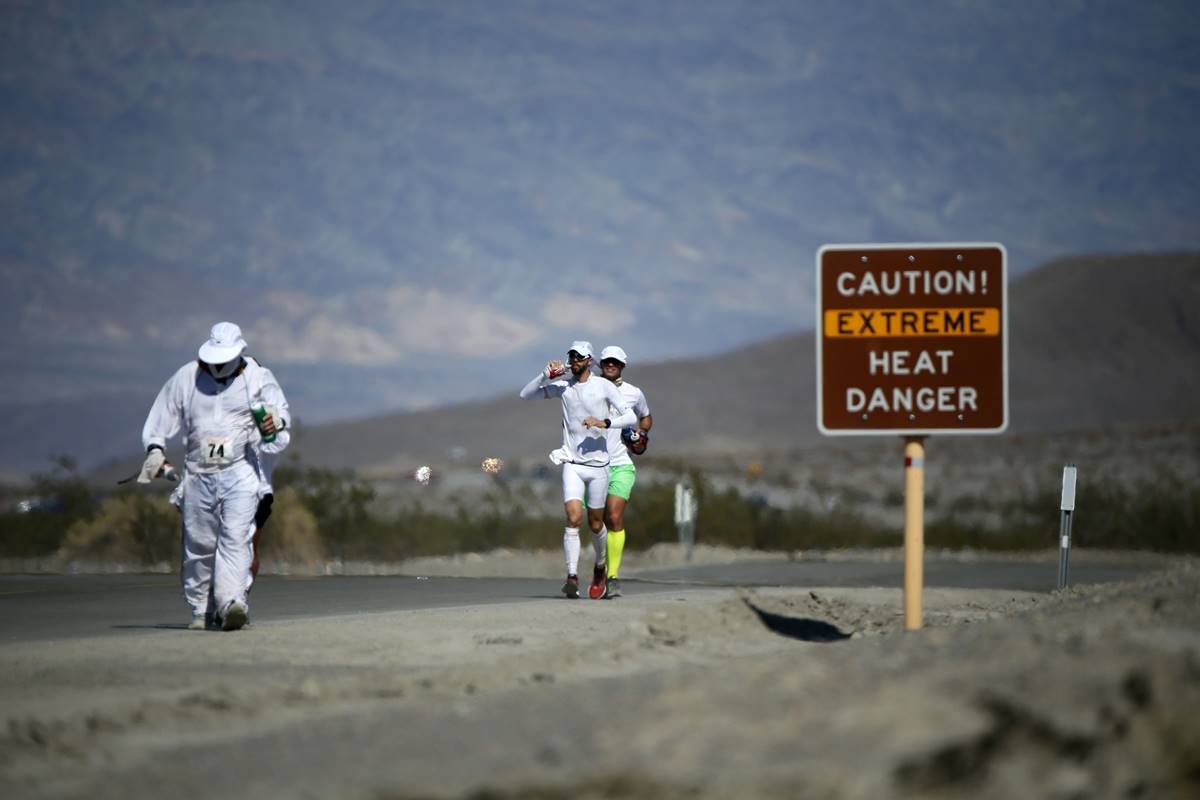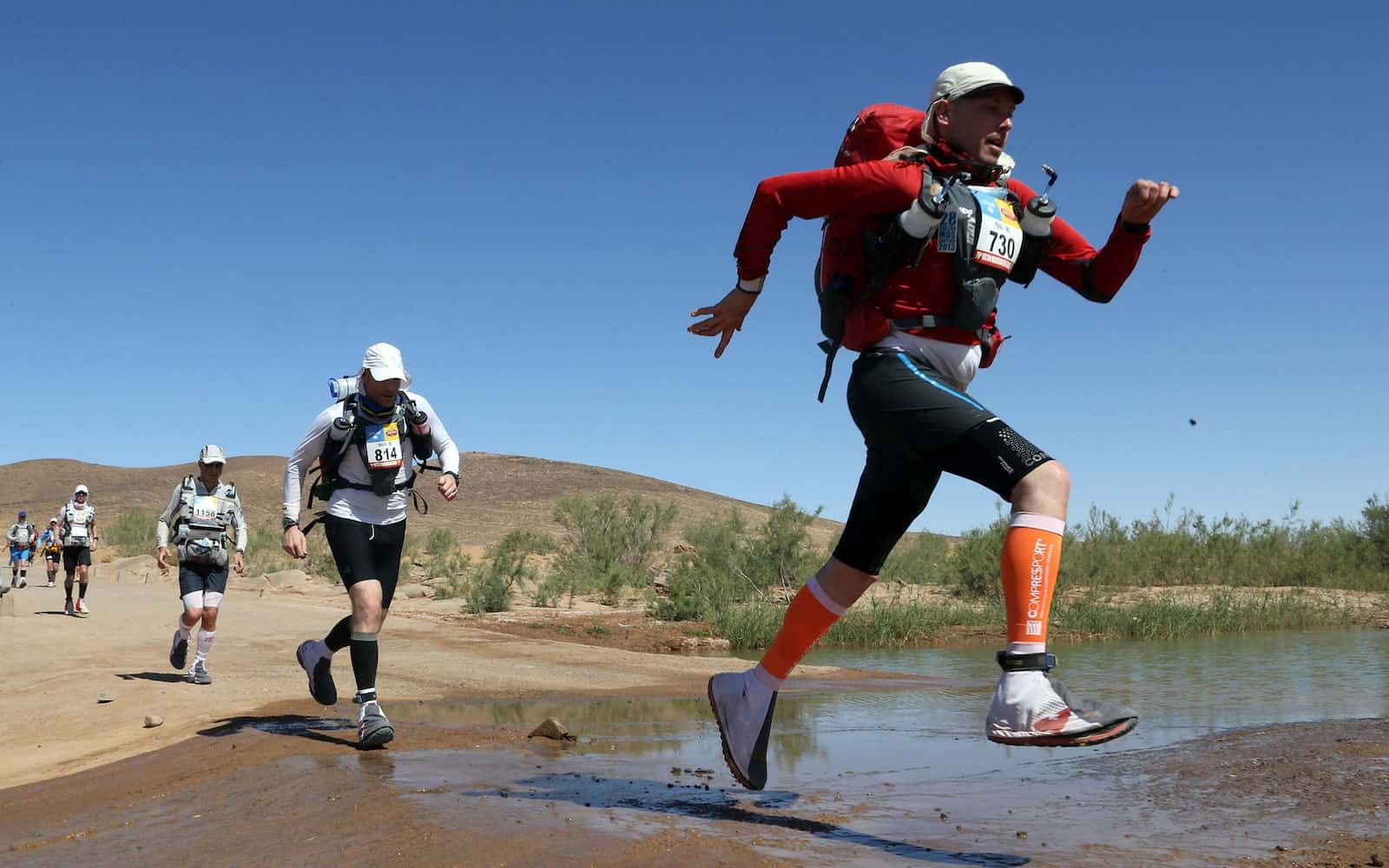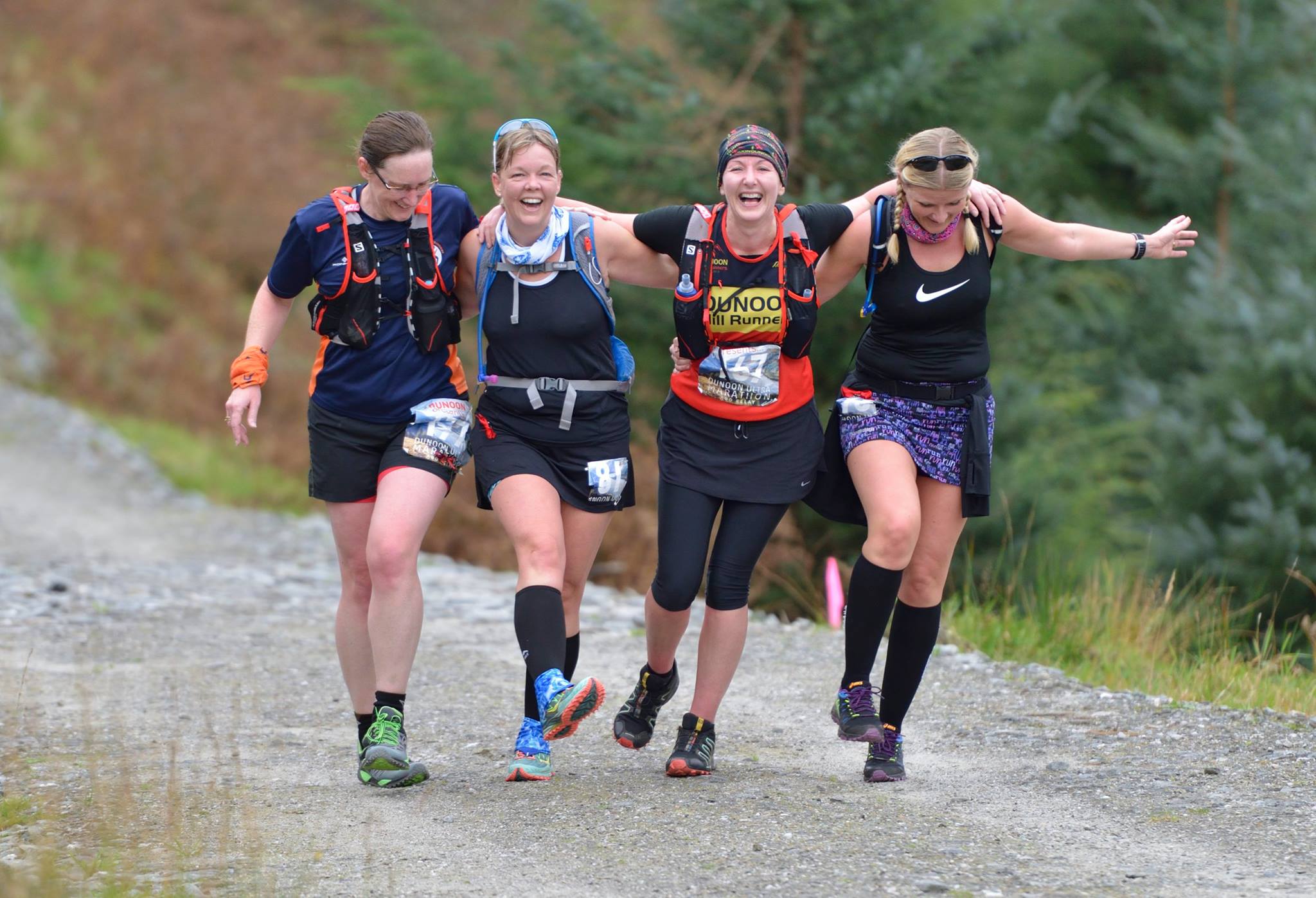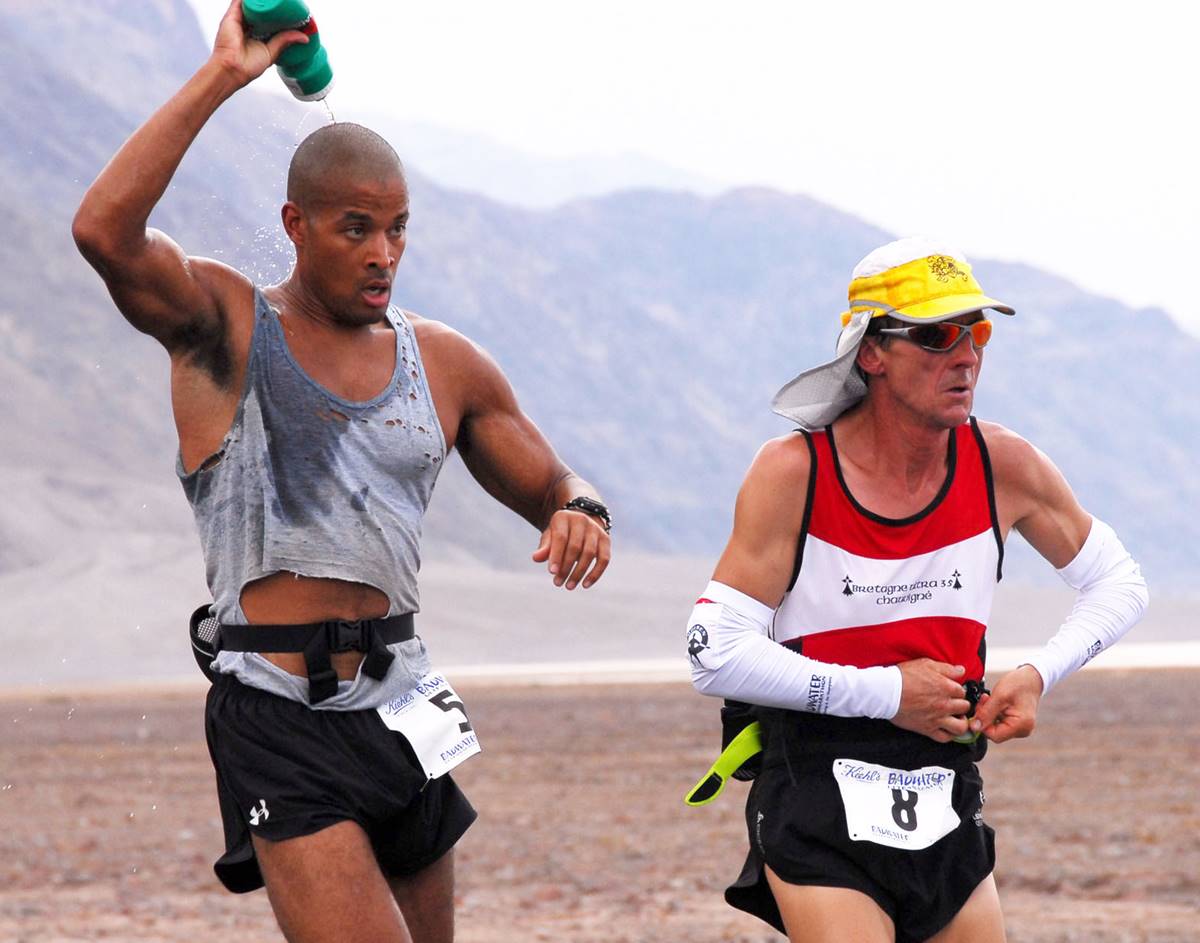

Featured
How To Recover From Ultramarathon
Modified: January 2, 2024
Learn the best strategies to recover from an ultramarathon and bounce back stronger. Don't miss this featured guide filled with expert tips and advice.
Introduction
Welcome to the world of ultramarathons, a challenging but incredibly rewarding endeavor for runners seeking to push their limits. Ultramarathons, defined as any foot race longer than the standard marathon distance of 26.2 miles, test not only the physical abilities of runners, but also their mental strength and endurance.
The allure of ultramarathons lies in the opportunity to explore new territories, conquer personal goals, and embrace the thrill of tackling the seemingly impossible. However, with the intense physical demands and prolonged exertion involved, recovery becomes paramount in ensuring long-term health, preventing injury, and maximizing future performance.
In this article, we will dive into the world of ultramarathon recovery, exploring the necessary steps to bounce back from these grueling events. Whether you’re a seasoned ultrarunner or a beginner contemplating your first race, the insights provided here will guide you towards a successful recovery and set you up for future success.
It’s essential to approach ultramarathon recovery holistically, addressing both the physical and mental aspects. From understanding the demands of these races to implementing effective recovery strategies, we will explore every facet of the recovery process.
Understand the Physical and Mental Demands of Ultramarathons
Before delving into the recovery process, it’s crucial to understand the physical and mental demands of ultramarathons. These races push the boundaries of the human body and mind, requiring immense physical endurance and mental resilience.
Physically, ultramarathons place significant stress on various systems within the body. Prolonged running can lead to fatigue, muscle damage, inflammation, and an increased risk of injury. The repetitive nature of running for hours on end can also result in overuse injuries such as stress fractures or tendonitis. Understanding these potential risks allows for targeted recovery strategies that address specific areas of the body.
Furthermore, the mental aspect of ultramarathons is just as important as the physical. These races test mental fortitude, concentration, and the ability to push through moments of doubt and discomfort. The sheer length of ultramarathons requires mental resilience, as runners often face fatigue, boredom, and negative thoughts. By recognizing the mental demands of ultramarathons, runners can implement strategies to maintain focus, stay motivated, and overcome challenging moments during recovery.
By acknowledging and understanding the physical and mental demands of ultramarathons, we can approach the recovery process with a tailored and targeted approach. Recognizing the toll that these races can take on the body and mind allows us to implement effective recovery strategies that address both aspects of the ultramarathon experience.
Rest and Recovery
Rest and recovery are crucial elements in the process of recovering from an ultramarathon. After pushing your body to its limits, allowing adequate time for rest and recovery is essential for the healing and rebuilding process.
Rest begins immediately after completing the ultramarathon. This means refraining from any strenuous activities, such as running or intense workouts, for a certain period of time. While the duration of rest can vary depending on the individual and the race distance, it is generally recommended to take one to two weeks of complete rest following an ultramarathon. During this time, focus on gentle movements like walking or light stretching to improve blood flow and promote recovery.
In addition to rest, incorporating active recovery techniques can also enhance the recovery process. Active recovery involves engaging in low-impact activities that target specific muscle groups and promote blood circulation. Examples of active recovery include swimming, cycling, or practicing gentle yoga. These activities help to flush out metabolic waste, reduce muscle soreness, and aid in the repair of damaged muscle tissue.
Proper sleep is another critical aspect of rest and recovery. During sleep, the body undergoes important processes such as tissue repair, hormone regulation, and mental rejuvenation. Aim for at least 7-9 hours of quality sleep each night to facilitate optimal recovery. Create a conducive sleep environment by keeping your bedroom cool, dark, and quiet, and establish a consistent bedtime routine to signal to your body that it’s time to rest.
It’s important to listen to your body throughout the recovery process. If you experience excessive fatigue, persistent muscle soreness, or any unusual pain, it may be an indication that you need more rest. Avoid the temptation to jump back into intense training too soon, as this can increase the risk of injury and hinder long-term progress.
By prioritizing rest and recovery, you provide your body with the time and resources it needs to repair, rebuild, and adapt following the demands of an ultramarathon. Be patient, trust the process, and your body will thank you in the long run.
Proper Nutrition and Hydration
Proper nutrition and hydration are key components of ultramarathon recovery. After exerting substantial physical effort and depleting your body’s energy stores, refueling with the right nutrients and staying hydrated is essential for optimal recovery.
One of the primary goals in post-ultramarathon nutrition is replenishing glycogen stores, which are the body’s main source of fuel during endurance activities. Consuming carbohydrate-rich foods such as whole grains, fruits, and starchy vegetables helps to restore glycogen levels and support muscle recovery.
In addition to carbohydrates, including adequate amounts of protein is crucial for muscle repair and growth. Lean sources of protein like chicken, fish, tofu, and legumes should be incorporated into your meals and snacks. Aim for a varied diet that includes a mix of lean proteins, healthy fats, and a wide range of fruits and vegetables to provide your body with the essential nutrients it needs for recovery.
Hydration is equally important in the recovery process. During ultra-distance races, substantial fluid loss occurs through sweat, increasing the risk of dehydration. Replenishing fluids and electrolytes lost during the race is critical to restore hydration levels. Aim to consume water and electrolyte-rich beverages throughout the day, even when you’re not feeling thirsty. Sports drinks or electrolyte tablets can be helpful in replenishing sodium, potassium, and other minerals lost through sweat.
Incorporating anti-inflammatory foods into your diet can also aid in the recovery process. Foods rich in antioxidants, such as berries, leafy greens, and turmeric, can help reduce inflammation and support the body’s healing processes. Omega-3 fatty acids, found in fatty fish, walnuts, and chia seeds, also possess anti-inflammatory properties. Including these foods in your post-race meals can help reduce muscle soreness and promote faster recovery.
It’s important to note that nutrition and hydration should not be limited to the immediate aftermath of the race. Proper nutrition and hydration should be prioritized during the training period leading up to the ultramarathon and continued in the days and weeks following the race. Consistency in maintaining a well-balanced diet and adequate hydration not only supports recovery but also helps to bolster overall performance and prevent future injuries.
By fueling your body with the right nutrients and staying properly hydrated, you provide your body with the building blocks it needs to repair and recover after the strenuous demands of an ultramarathon.
Active Recovery Techniques
Active recovery techniques play a vital role in aiding the recovery process after an ultramarathon. These techniques help to promote blood circulation, reduce muscle soreness, and prevent stiffness and tightness in the body.
One effective active recovery technique is light exercise. Engaging in low-impact activities such as walking, swimming, or cycling can stimulate blood flow and oxygen delivery to the muscles, promoting faster recovery. These exercises help to flush out metabolic waste products and reduce inflammation, contributing to the repair and healing process.
Another valuable active recovery technique is foam rolling or self-massage. Using a foam roller or other self-massage tools can help release muscle tension, break up adhesions, and improve flexibility. By targeting specific areas of tightness or discomfort, you can alleviate muscle soreness and enhance recovery in those areas.
Yoga and stretching are also beneficial active recovery techniques. Performing gentle yoga poses or engaging in stretching routines can help improve flexibility, mobility, and joint range of motion. These practices can provide relief for tight muscles and promote relaxation and recovery.
Cross-training, or participating in other types of physical activities that are different from running, can also be an effective active recovery technique. Engaging in activities such as swimming, cycling, or strength training can give the muscles used during running a break while still providing cardiovascular benefits. Cross-training can help maintain fitness levels, prevent overuse injuries, and aid in overall recovery.
Cryotherapy and cold therapy are active recovery techniques that involve exposing the body to cold temperatures to reduce inflammation and speed up the recovery process. This can be done through ice baths, cold showers, or using ice packs or cold compresses on specific areas of the body. Cold therapy can help alleviate muscle soreness, decrease swelling, and promote faster recovery.
It’s important to note that active recovery techniques should be implemented in a gradual and controlled manner. Start with gentle exercises, light stretching, or short sessions of self-massage, and gradually increase intensity and duration based on your body’s response. Pay attention to any pain or discomfort and adjust the intensity or type of activity accordingly.
By incorporating active recovery techniques into your post-ultramarathon routine, you can support the body’s healing process, promote muscle recovery, and prevent stagnation or regression in your fitness level.
Physical Therapy and Injury Prevention
Physical therapy plays a crucial role in the recovery process after an ultramarathon and can be instrumental in preventing injuries. Seeking the guidance of a qualified physical therapist can help address any existing issues, facilitate healing, and provide strategies for preventing future injuries.
If you experience any pain or discomfort during or after an ultramarathon, it’s important to consult with a physical therapist who specializes in sports-related injuries. They will assess your condition, identify any underlying issues, and develop a tailored treatment plan to address your specific needs. Physical therapy may involve manual therapy techniques, targeted exercises, and other modalities to promote the healing of damaged tissues and restore optimal function.
Physical therapy also plays a significant role in injury prevention. A physical therapist can analyze your running form, identify any weaknesses or imbalances, and provide exercises and techniques to correct them. They can also develop a comprehensive strength and conditioning program that targets key muscle groups, improves stability and flexibility, and reduces the risk of injuries.
In addition to seeking professional help, it’s essential to incorporate injury prevention strategies into your training routine. This includes gradually increasing mileage and intensity, incorporating rest days, cross-training, and listening to your body to avoid overtraining. Implementing proper warm-up and cool-down routines, including dynamic stretching and foam rolling, can also help prepare the body for exercise and prevent injuries.
It’s crucial to note that even with a proactive approach to injury prevention, there is always a risk of injury during ultramarathons. If you do experience an injury, it’s important to rest and allow the body to heal properly. Rushing back into training or racing too soon can exacerbate the injury and lead to more prolonged recovery periods.
By working with a physical therapist and implementing injury prevention strategies, you can minimize the risk of injuries, address existing issues, and optimize your body’s recovery and overall performance.
Mental Strategies for Recovery
Recovering from an ultramarathon involves more than just physical healing. It is equally important to pay attention to your mental well-being during the recovery process. Implementing effective mental strategies can help you bounce back mentally, regain motivation, and set a solid foundation for future success.
One crucial mental strategy is practicing mindfulness and relaxation techniques. Engage in activities such as meditation, deep breathing exercises, or yoga to calm the mind, reduce stress levels, and promote mental relaxation. These practices can help you let go of any lingering race-related stress or pressure and foster a peaceful and positive mindset.
Visualization is another powerful mental strategy that can support recovery. Spend some time visualizing yourself in a state of complete recovery, feeling strong, energized, and ready to take on new challenges. Create vivid mental images of the goals you want to achieve in your future ultramarathons, and visualize yourself crossing the finish line with a sense of accomplishment and joy.
Engaging in activities outside of running can also contribute to mental recovery. Pursue hobbies, spend time with loved ones, or explore new interests that bring you joy and fulfillment. Taking a break from the intense focus on running allows your mind to recharge and can reignite your passion for the sport.
Setting new goals is an essential part of the mental recovery process. After completing an ultramarathon, reflect on your performance, identify areas for improvement, and set realistic and achievable goals for your future races. Having clear goals in mind gives you focus and motivation, helping you to stay committed to your training and recovery efforts.
Connect with a supportive running community or find a mentor who can provide guidance and encouragement during the recovery process. Sharing your experiences, challenges, and successes with others who have been through similar journeys can provide a sense of camaraderie and motivation.
It’s important to remember that recovery is not a linear process, and setbacks or challenges may arise along the way. Be kind and patient with yourself, and practice self-compassion. It’s normal to have ups and downs during recovery, and acknowledging and accepting these setbacks is part of the journey.
By incorporating mental strategies into your recovery routine, you can enhance your overall well-being, maintain a positive mindset, and set yourself up for continued growth and success in future ultramarathons.
Setting Realistic Goals for Future Ultramarathons
As you recover from an ultramarathon, it’s important to set realistic goals for your future races. Setting goals that are both challenging and attainable allows you to stay motivated, stay on track, and continue to progress as a runner.
Reflect on your performance in the previous ultramarathon and identify areas where you can improve. Consider factors such as pacing, nutrition, hydration, and mental strategies. Use this analysis as a foundation for setting specific, measurable, achievable, relevant, and time-bound (SMART) goals for your future races.
Setting realistic goals means considering your current fitness level and the time you have available for training. Be realistic about what you can accomplish in terms of improving your speed, endurance, and overall performance. This will help prevent burnout and injury from overtraining.
It’s important to consider both short-term and long-term goals. Short-term goals can be achieved within a few months and provide motivation and a sense of accomplishment along the way. Long-term goals, such as completing a longer distance or achieving a personal best time, require more time and dedication. By working towards both types of goals, you can maintain focus and progress in your training.
Keep in mind that setting goals is not solely about achieving a certain time or distance. It’s also about the journey and the process of becoming a better runner. Focus on the aspects of running that bring you joy and fulfillment, such as exploring new trails, connecting with fellow runners, or improving your overall well-being.
Take into consideration your lifestyle commitments and find a balance between your running goals and other priorities. Listen to your body and be flexible with your training schedule, allowing for rest and recovery when needed.
As you set goals, remember to be kind and patient with yourself. Rome wasn’t built in a day, and progress takes time. Celebrate small victories along the way and use setbacks as learning opportunities rather than reasons to give up.
Finally, regularly revisit and reassess your goals as you progress in your training and gain more experience. Adjust them as necessary to accommodate changes in your life, fitness level, or aspirations. This will help you stay motivated and continue to challenge yourself.
By setting realistic goals for future ultramarathons, you can maintain motivation, focus, and a sense of purpose in your running journey. Embrace the process, enjoy the ride, and keep pushing your limits with goals that make you feel accomplished and fulfilled.
Conclusion
Recovering from an ultramarathon is a multifaceted process that involves addressing both the physical and mental demands of the race. By understanding the physical toll that these races take on the body and implementing effective recovery strategies such as rest, proper nutrition, and active recovery techniques, you can facilitate healing and promote a faster recovery.
Maintaining a positive mindset and implementing mental strategies for recovery is equally important. By practicing mindfulness, setting realistic goals, and engaging in activities outside of running, you can nurture your mental well-being and maintain motivation in your running journey.
Remember to listen to your body, seek professional guidance when needed, and be patient with the recovery process. Every runner’s journey is unique, and recovery times can vary. It’s important to prioritize your overall well-being and avoid rushing back into intense training too soon.
As you set your sights on future ultramarathons, set realistic goals that challenge and inspire you. Consider your current fitness level, lifestyle commitments, and the joy that running brings you. Embrace the process of becoming a better runner, celebrate small victories, and be adaptable to changes along the way.
Recovering from an ultramarathon is not just about bouncing back; it’s about coming back stronger and more resilient. The recovery process is an opportunity for growth and self-discovery. Embrace the challenges, learn from them, and continue to push your limits in pursuit of your running goals.
In the end, ultramarathon recovery is about finding a balance between pushing yourself to new heights and respecting your body’s need for rest and rejuvenation. By following these recovery strategies and embracing a holistic approach, you can recover effectively, maintain your physical and mental well-being, and set yourself up for future success in your journey as an ultrarunner.
